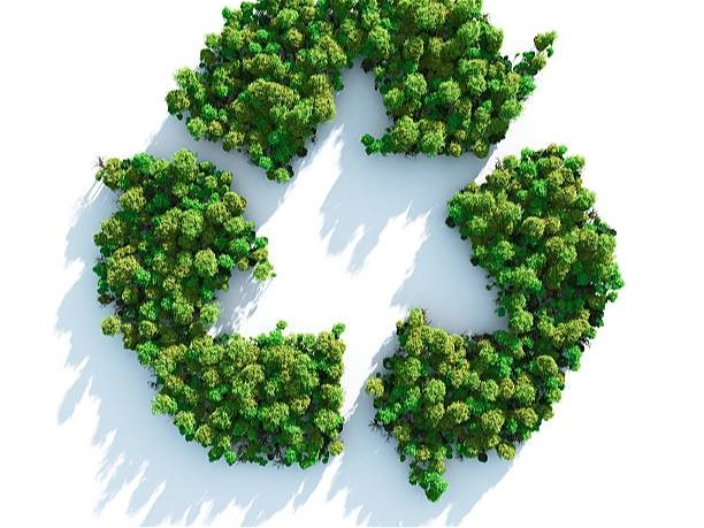Circular Footprint Formula or how to calculate the emissions associated with the recycled content

Since its creation in 2018, Global Recycling Day has been a means to emphasize the importance of recycling and conservation by educating individuals worldwide about the status of our essential resources.
Global Recycling Day, celebrated on March 18, is a recycling initiative that encourages everyone to look at waste in a new light. There are several ways to recycle that allow some materials to be reused multiple times. Recycling is also crucial for the environment because it lessens the energy we use, enhances the quality of water and air, and combats climate change.
It also reduces the usage of new raw materials, helping manufacturers save money and important resources. At the household level, newspapers, plastic water bottles, soda cans, cereal boxes, and milk cartons are some of the most common everyday recyclable items. At the industry level, different types of waste can become new or by-products when employing the right methodologies (such as PEF) to minimize waste and boost recycling.
Background
Product Environmental Footprint (PEF) is a common Life Cycle Assessment (LCA) science-based methodology that quantifies all the environmental impacts over the entire life cycle of a product. This includes product-related emissions into water, air or soil, as well as resource use and depletion, the impact of land and water usage, and so on.
However:
- PEF is more stringent in its rules than a ‘normal’ LCA, as it is a detailed prescribed method for analysis.
- The PEF method and its database offer consistency, making it suitable for comparing products within the same product groups.
Moreover, the PEF and Organisation Environmental Footprint (OEF) methods provide guidance for the collection and modelling of inventory data (including allocation rules for recycled materials as well as data quality requirements). In a nutshell, while PEF and LCA are used for calculating the impact of a product over its lifetime, PEF is more clearly defined and, thus, could become the ‘gold standard’ for LCAs in Europe.
For example, PEF defines clear system boundaries for a product’s lifecycle, whereas LCA boundaries are open to interpretation. PEF also provides rigorous guidance for assessing end-of-life, which LCA does not require. PEF is standardized for comparability between products, whereas the scope of an LCA can differ depending on who is conducting the assessment. This is an important distinction, as comparability is only possible if the results are based on the same rules (reason for which the Product Environmental Footprint Category Rules (PEFCR) exist). PEFCR are PEF’s ‘Category Rules’ for individual product groups, offering step-by-step guidance on conducing PEF for different kinds of products. These category rules make PEF ideal for achieving consistent and comparable environmental impact reports across industries, ensuring that every product’s impact is calculated in the same standards and that consumers can accurately compare goods within the same category.
Steps to establishing a product’s environmental footprint (EF)
Steps of the EF method
1 – EF Goal and Scope Definition
2 – EF Inventory Analysis
3 – EF Impact Assessment
4 – Interpretation and Reporting
5 – Verification and validation
Here is an article that links

